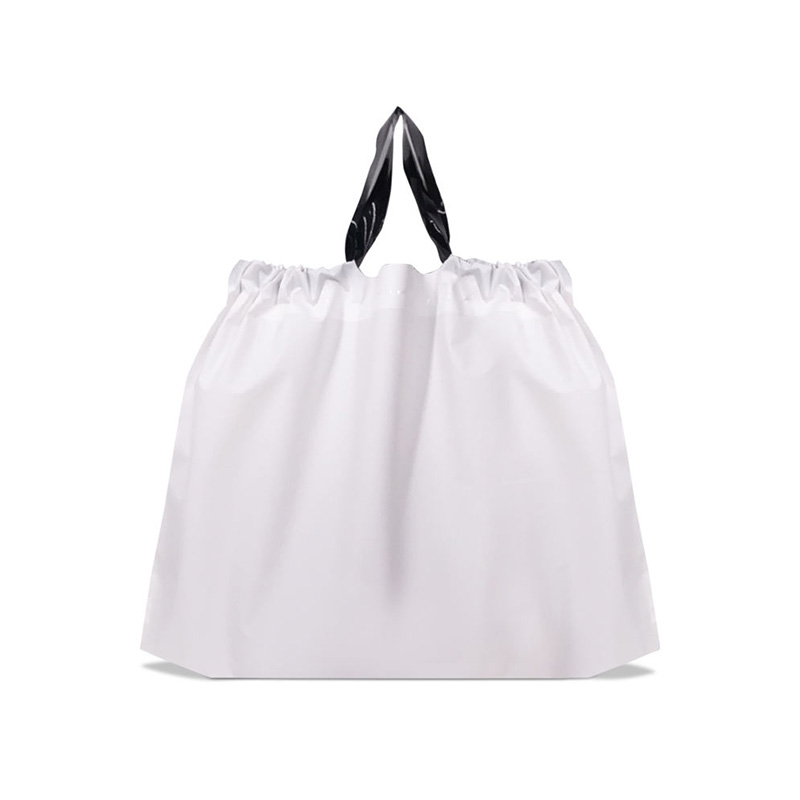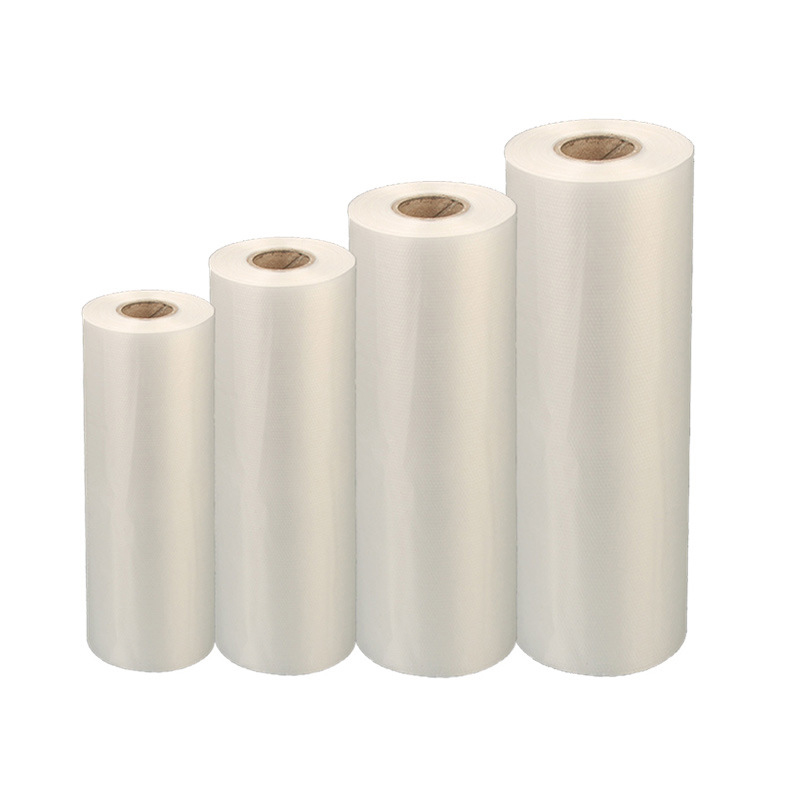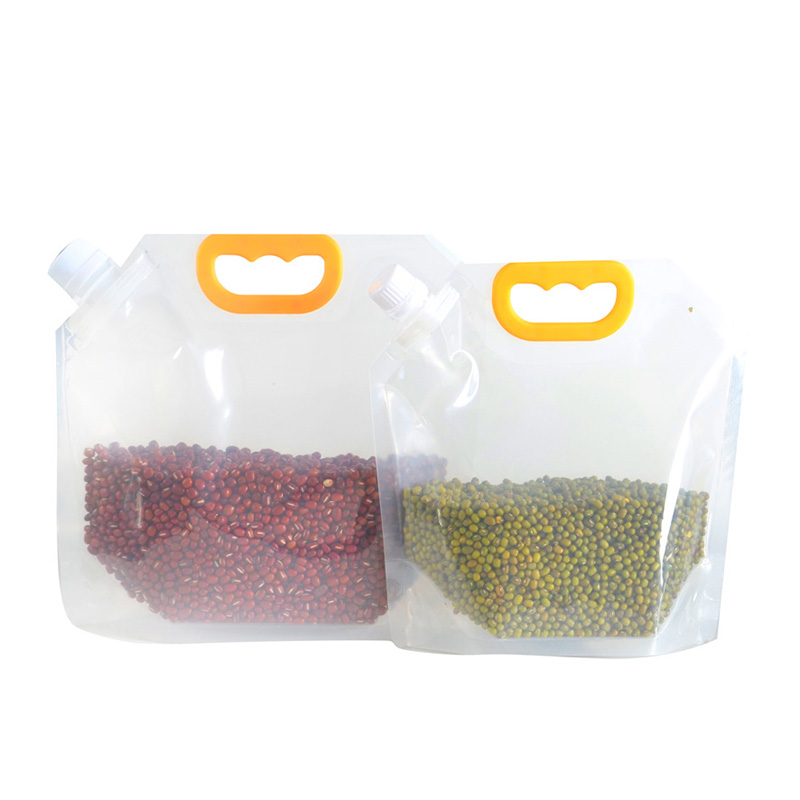Wholesale OEM Non Woven White Bag Manufacturer in China
In the quest for sustainable living, the role of the non woven white bag has become increasingly significant. As a substitute for single-use plastic bags, non woven white bags have emerged as a viable and environmentally friendly option. This article will scrutinize the eco-friendliness of non woven white bags, examining their production, usage, and disposal to understand their impact on the environment.

non woven white bags are crafted from polypropylene, a material that is derived from petroleum. While this may initially seem counterintuitive to the concept of environmental sustainability, the production process of these bags is designed to be more energy-efficient and less polluting than that of traditional plastic bags. The manufacturing of non woven white bags involves a process known as spunbonding, which uses less energy and fewer resources compared to the production of plastic bags.
One of the significant environmental advantages of non woven white bags is their reusability. Unlike plastic bags, which are often used once and then discarded, non woven white bags are designed to be used multiple times. This reduces the overall demand for new bags, thereby decreasing the environmental footprint associated with their production. The durability of non woven white bags means that they can withstand repeated use without losing their structural integrity, which is a stark contrast to the fragility of plastic bags.
Moreover, non woven white bags are fully recyclable. At the end of their useful life, these bags can be collected and processed to be turned into new products. This recycling process not only reduces waste but also conserves resources that would otherwise be used to produce new bags. The recycling infrastructure for non woven white bags is well-established in many regions, making it a practical and accessible option for consumers and businesses alike.
In addition to their reusability and recyclability, non woven white bags also have a lower carbon footprint compared to plastic bags. The production of plastic bags releases greenhouse gases into the atmosphere, contributing to climate change. non woven white bags, on the other hand, produce fewer emissions during their lifecycle. This is due to the more efficient manufacturing process and the fact that they are made from materials that are easier to recycle.
Another environmental benefit of non woven white bags is their potential to reduce litter. Plastic bags are notorious for ending up as litter in oceans, rivers, and other natural environments, where they can cause significant harm to wildlife. non woven white bags, being more robust and less likely to be discarded carelessly, contribute less to this form of pollution.
Furthermore, non woven white bags are often used in agricultural settings for protecting and transporting crops. Their durability and resistance to tearing make them ideal for this purpose. By protecting crops from damage, non woven white bags help to reduce food waste, which in turn has a positive impact on the environment.
The environmental performance of non woven white bags is also enhanced by their ability to be printed with various designs and logos. This customization allows businesses to use non woven white bags as a form of advertising, reducing the need for other forms of disposable marketing materials. The use of non woven white bags in this way can cause a reduction in the overall amount of waste generated by promotional activities.
In conclusion, non woven white bags offer a range of environmental benefits that make them a good choice to plastic bags. Their reusability, recyclability, lower carbon footprint, and reduced potential for litter all contribute to their eco-friendliness. As awareness of environmental issues continues to grow, the adoption of non woven white bags is likely to increase, further reducing the environmental impact of packaging and promoting a more sustainable future.

 English
English Español
Español عربى
عربى







